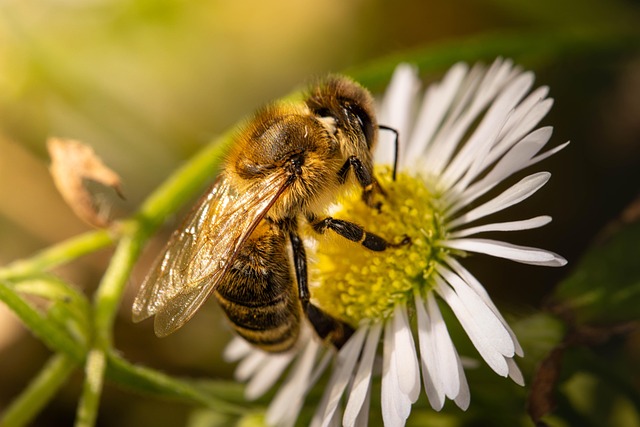SeaWorld has made a significant announcement regarding its treatment of killer whales, marking a pivotal change in its operations. The marine park revealed that it will cease all breeding programs for orcas, ensuring that the current generation of these marine mammals will be the last to live in captivity. Additionally, SeaWorld plans to gradually eliminate its theatrical orca shows, with the transition starting next year. This decision has been welcomed by conservationists and animal rights advocates, especially as many consumers have distanced themselves from the park due to concerns surrounding the welfare of these intelligent creatures.
Public Statement from SeaWorld’s Leadership
In a public statement shared via social media, SeaWorld’s president and CEO, David Johnson, elaborated on the motivations behind this decision. He noted a significant shift in public perception regarding orcas since the park’s inception in 1964. Once viewed with fear and disdain, orcas are now celebrated for their intelligence and beauty. Johnson emphasized that keeping them in captivity for entertainment is no longer justifiable in light of this growing appreciation.
“This year we will end all orca breeding programs,” Johnson stated. He also pointed out that because SeaWorld has not captured an orca from the wild in nearly forty years, the current orcas in their care represent the final generation. The park will phase out its theatrical performances, replacing them with more natural orca encounters that prioritize the well-being of the whales.
Concerns About Releasing Captive Orcas
Johnson addressed concerns about releasing captive orcas back into the wild, explaining that it is a complex issue. Many of the orcas were born in captivity, and those that were wild-born have spent the majority of their lives in a controlled environment. Releasing them would pose significant risks to their survival. He further highlighted the broader challenges facing wildlife today, including poaching and habitat loss, indicating that while zoos and aquariums are not the primary threats, changes in how we care for marine life are necessary.
Enhancing Living Conditions for Orcas
The commitment to enhancing the living conditions of orcas at SeaWorld is evident, with plans to upgrade their habitats to make them more natural. Starting next year in San Diego, and in the remaining parks by 2019, the focus will shift from performance to enrichment, allowing visitors to engage with the orcas without the expectation of tricks.
Having visited SeaWorld myself a few years ago, I witnessed firsthand the dedication of the staff and trainers towards the orcas. Their passion for these animals was palpable, and while it was disheartening to see the limited space in which the whales lived, it was reassuring to know they were in caring hands. Although we cannot release these animals into the wild, their ongoing care will be managed by individuals who genuinely believe in their welfare.
Conclusion
In conclusion, SeaWorld has taken commendable steps to ensure a better future for orcas in captivity. While the ideal scenario would be for these magnificent creatures to roam free in their natural habitats, the park’s transition toward improved care reflects an understanding of their needs and a commitment to responsible stewardship.
Additional Resources
For those interested in topics related to pregnancy and family planning, resources such as Healthline offer valuable insights. Additionally, if you’re looking to explore at-home options for insemination, you might find our article about the at-home intracervical insemination syringe kit useful. For comprehensive kits, check out this authority on the subject.
Keyphrase: SeaWorld orca shows ending
Tags: “home insemination kit”, “home insemination syringe”, “self insemination”
